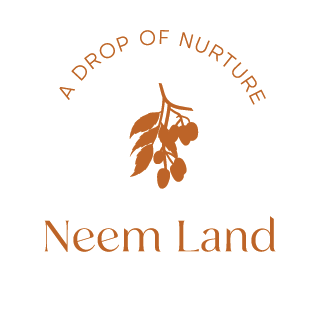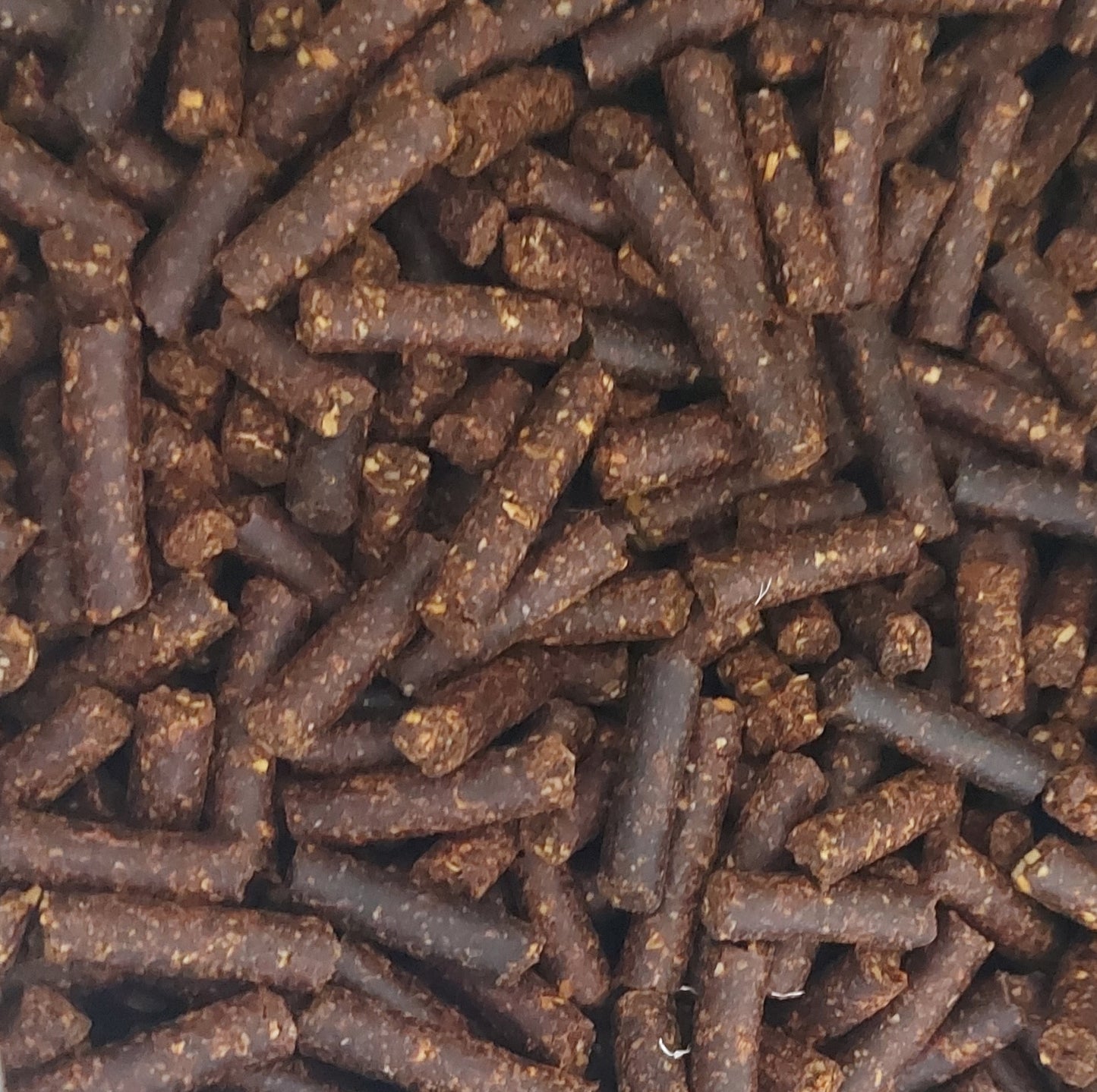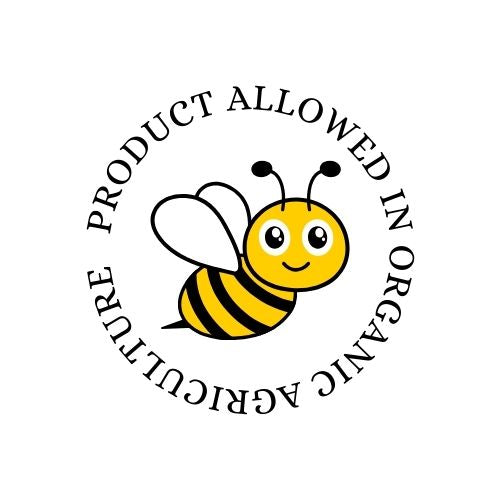Cherry Laurel (Prunus laurocerasus) is a shrub-like plant often grown as an ornamental due to its dense, evergreen foliage.

Here are some characteristics and care tips for Cherry Laurel:
-
Light and Position: Cherry Laurel thrives best in sunny or partially shaded locations. Avoid excessive exposure to strong afternoon sun as it can cause leaf burn.
-
Soil: It prefers well-drained soil that retains moisture but is not overly wet. The soil should be moderately fertile and rich in humus. Before planting, add compost or well-decomposed manure to improve soil quality.
-
Watering: Young Cherry Laurel plants require regular watering to establish a strong root system. Mature plants are more drought-resistant but still need moderately moist soil. Water deeply but avoid overwatering, which can lead to root rot.
-
Fertilizing: Regularly fertilize the plant during the growing season to promote healthy growth. Use a balanced granular fertilizer or organic fertilizer according to the manufacturer’s instructions. Avoid over-fertilizing as it can cause root burn.
-
Pruning: Cherry Laurel responds well to pruning, which should be done in early spring. Pruning helps maintain the plant's compact shape and encourages new branch growth. Remove damaged, diseased, or dry branches, as well as those that grow undesirably or disrupt the plant's desired shape.
-
Frost Protection: Cherry Laurel is frost-resistant, but young plants may be sensitive to low temperatures. If a severe frost is expected, it’s recommended to protect the plant by covering its base with a layer of mulch or using protective materials like fabric or netting.
-
Ventilation: Maintaining good ventilation around the plant can help prevent fungal diseases. Regularly remove fallen leaves and other plant debris around the plant to reduce humidity and potential sources of infection.
Common pests that may affect Cherry Laurel include:
-
Aphids (Aphidoidea): These small insects feed on plant sap. They can appear on Cherry Laurel leaves, causing curling or distortion, and may excrete a sticky substance known as honeydew, which can attract black mold.
-
San Jose Scale (Quadraspidiotus perniciosus): This insect feeds on plant sap and is usually found on the underside of leaves. It can cause yellowing, curling, and leaf drop, as well as poor plant growth.
-
Thrips (Thysanoptera): Very small insects that feed on Cherry Laurel leaves. Affected leaves may develop a silvery appearance and become shriveled.
-
Red Spider Mite (Tetranychus urticae): These mites typically attack the upper side of leaves, creating small red or yellow spots. Severely infested leaves may dry out and fall off.
Instructions for using neem oil mixed with dishwashing detergent and water:
Materials needed:
- 50 ml neem oil
- 50 ml liquid dishwashing detergent
- 5 liters of warm water (40°C)
- Sprayer or spray bottle
Instructions:
- Prepare the sprayer or spray bottle you'll use for applying the solution.
- Add 2 liters of warm water to an empty container.
- Add 50 ml of liquid dishwashing detergent to the same container.
- Stir the warm water and detergent mixture thoroughly to combine them well.
- Then add 50 ml of neem oil to the container with the water and detergent.
- Stir the neem oil into the solution to ensure even distribution of the oil and detergent.
- Add the remaining 3 liters of warm water to the solution. Mix well and transfer the prepared solution to the sprayer or spray bottle.
Application:
- Before use, shake the sprayer or spray bottle well to re-mix the solution.
- Spray the solution evenly on the leaves, stems, and fruits of the plants you wish to treat.
- Make sure to cover all parts of the plant, including the underside and upper side of the leaves.
Notes:
- This recipe uses neem oil combined with dishwashing detergent to improve adhesion and effectiveness. The detergent helps break surface tension, allowing better coverage of the solution on the plants.
- Before applying the solution to the entire plant, test it on a small section of the plant to check for any adverse reactions.
- It’s recommended to apply the neem oil solution in the early morning or late afternoon to avoid exposing plants to strong sunlight and to allow time for drying before nighttime dew forms.









